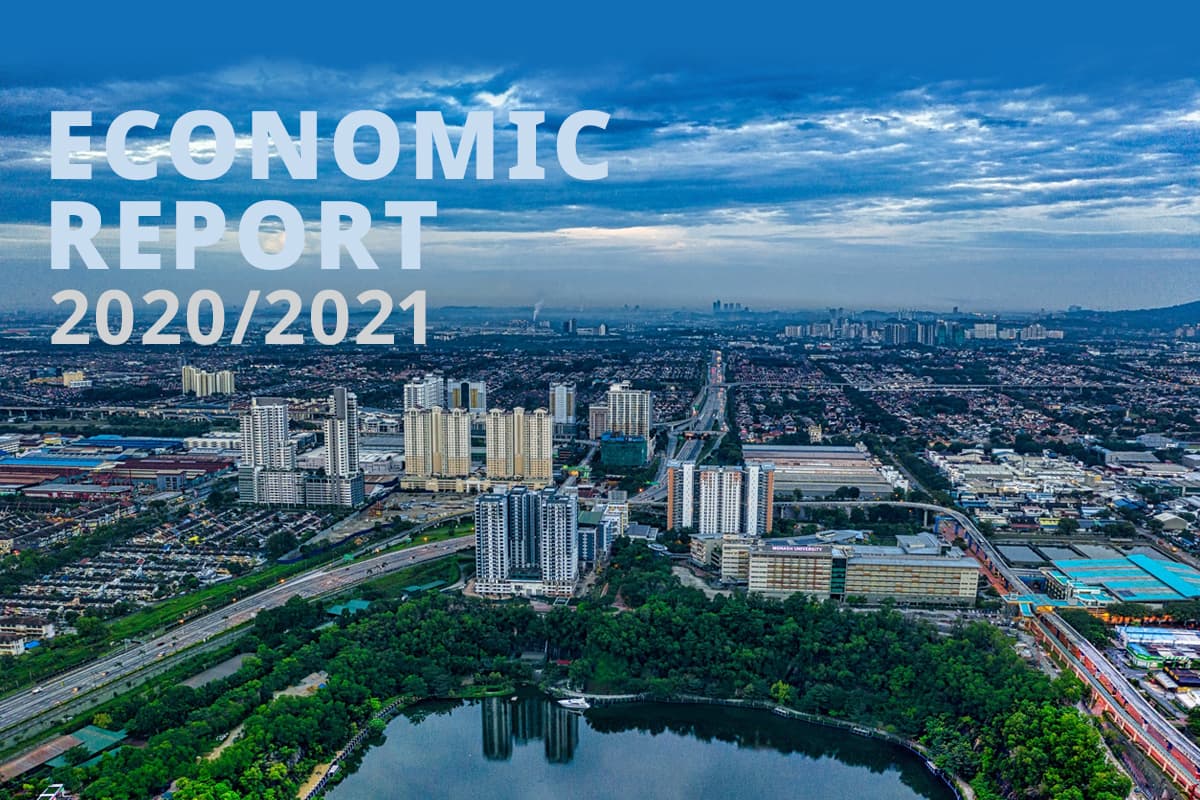
KUALA LUMPUR (Nov 6): Debt service charges are expected to remain manageable at RM34.9 billion or 15.4% of total projected government revenue in 2020, despite being higher than the initial estimate of 14.3% announced under Budget 2020.
The increase in debt service charges is due to an anticipated drop in public revenue given the Covid-19 pandemic and lower crude oil prices, according to the Economic Outlook 2021 report.
Nonetheless, the saving grace is that cost of borrowings has come down. The report pointed out that lower interest rates also led the government securing cheaper cost of financing which further supported the government’s borrowing activities. Thus, the government’s cost of borrowing had significantly reduced to 3.041% as at end-September 2020, from 4.066% in 2016.
Financing cost of domestic debt instruments is expected to contribute the largest share at 97.7% of debt service charges, while the balance is from stable offshore borrowings at RM29.3 billion, mainly in the US dollar (54.6%) and Japanese yen (44.8%).
In terms of the federal government's debt maturity profile, the share of long-tenure papers had gradually increased, with those of above 15 years enlarged to 17.1% as at end-September 2020, from 15.9% last year.
However, no thanks to uncertainties brought by the Covid-19 pandemic, investors’ interest in debt papers shifted to short-tenure instruments. As at end-September 2020, the share of short-term papers with remaining maturity of five years and below had increased to 39% from 37.5% in 2019.
Additionally, the weighted average interest rate of outstanding domestic market debt instruments was at 4.03%, slightly less than 4.097% in 2019, given the low interest rate environment and ample liquidity in the market.
For the record, the Monetary Policy Committee (MPC) reduced the overnight policy rate (OPR) cumulatively by 125 basis points (bps) to 1.75% in the first nine months of 2020.
The federal government debt had grown to RM874.3 billion or 60.7% of gross domestic product (GDP) as at end-September 2020, of which RM845 billion was domestic debt, compared with RM792.99 billion previously.
As at end-June 2020, federal government debt holders were divided into residents holding RM647.8 billion or 75.8% of total outstanding debt, and non-residents holding RM206.3 billion or 24.2%.
Large and long-term institutions continued to be the main investors, with the Employees Provident Fund (EPF) as the single largest domestic holder at 26.9%, followed by insurance companies (4.3%) and Retirement Fund (Incorporated) or KWAP (2.8%).
Meanwhile, banking institutions and development financial institutions collectively held 36.1% of the government debt as at end-June 2020, increasing from 31.3% in 2019. The remaining 5.7% was in the hand of non-bank financial institutions, statutory bodies, nominees, trustee companies, cooperatives and securities.
Even though the unprecedented Covid-19 crisis took a heavy toll on the global economy, non-resident holdings remained substantial at RM206.3 billion or 24.4% of total federal government debt.
Long-term and institutional investors continued to represent sizeable holdings at 12.7% (RM108.2 billion), while the balance of 11.5% (RM98.1 billion) consisted of fund managers and banking institutions.
Additionally, support from non-residents in Malaysian Government Securities (MGS) holdings remained stable, constituting 37.3% of total MGS outstanding versus 41.6% as at end-2019.
For more stories on the Economic Report 2020/2021, click here.


